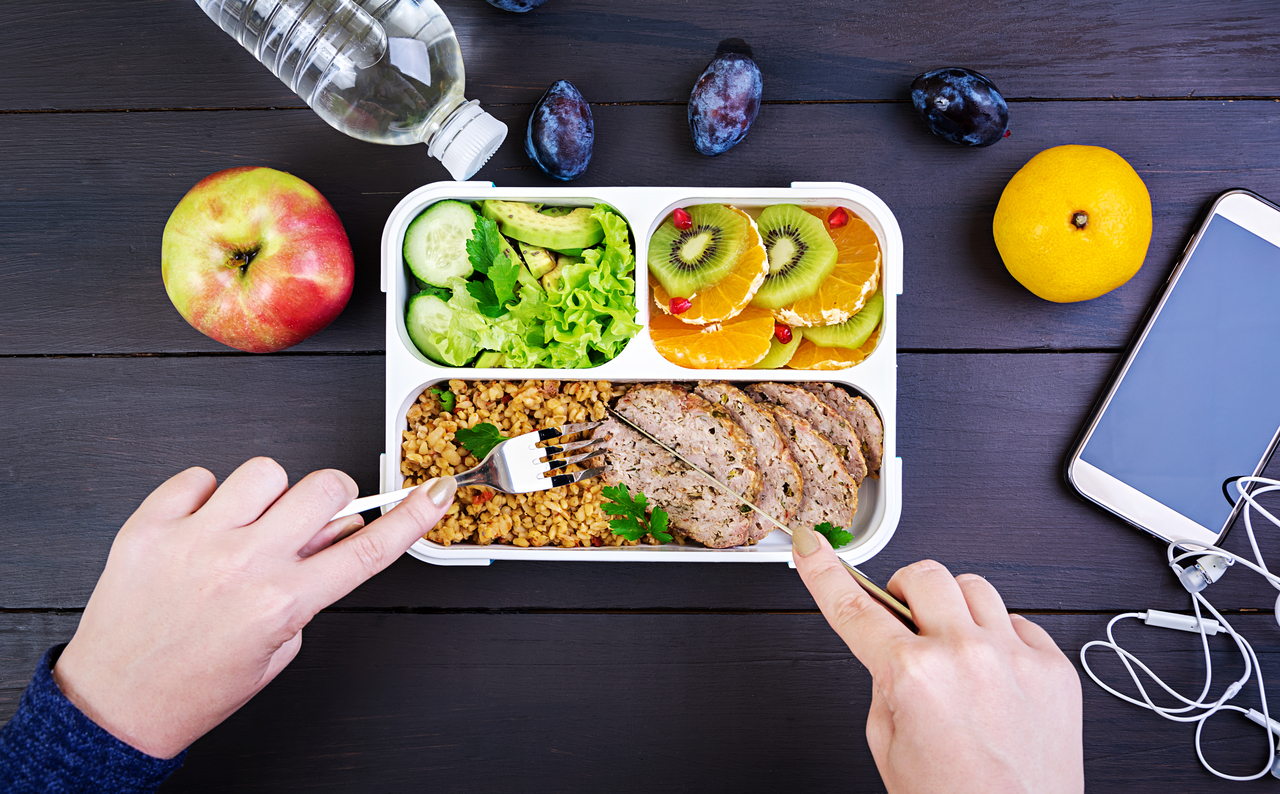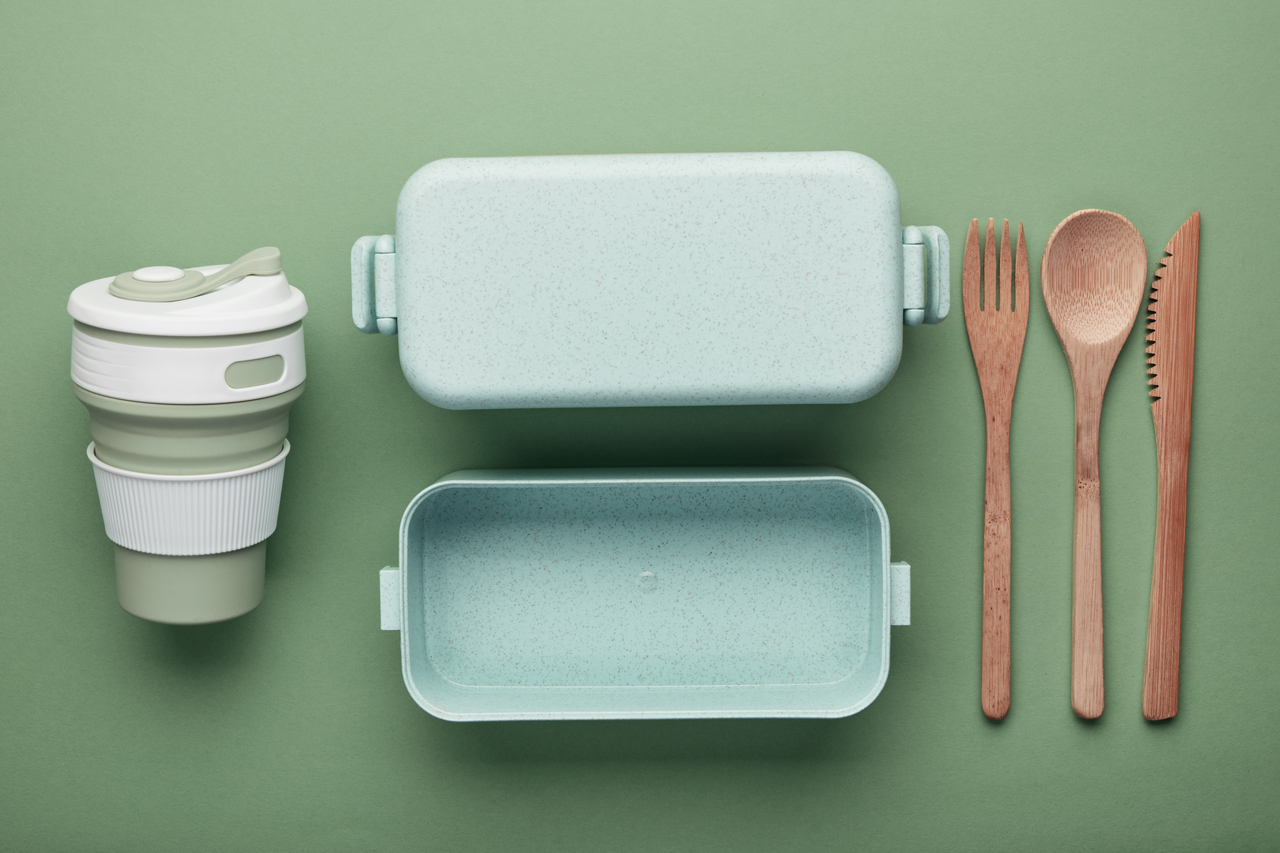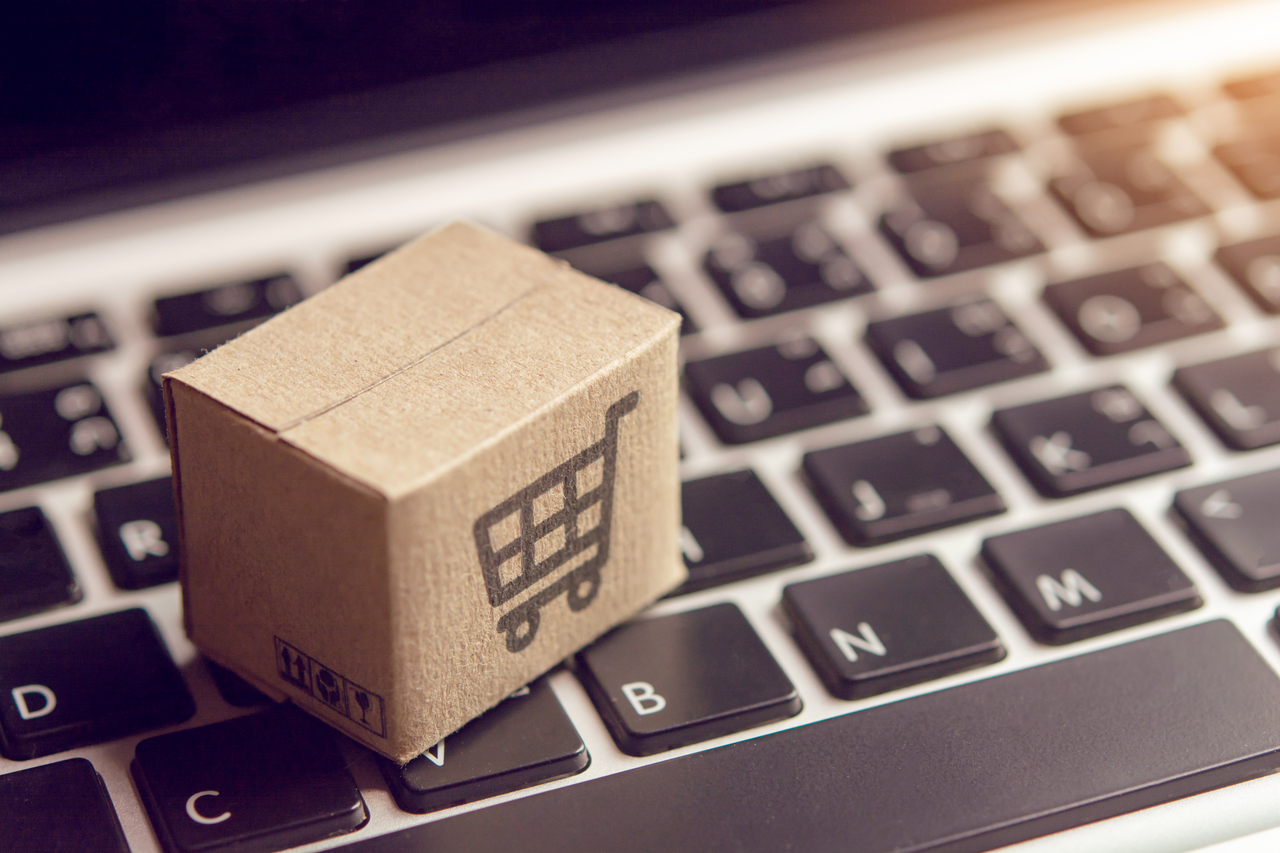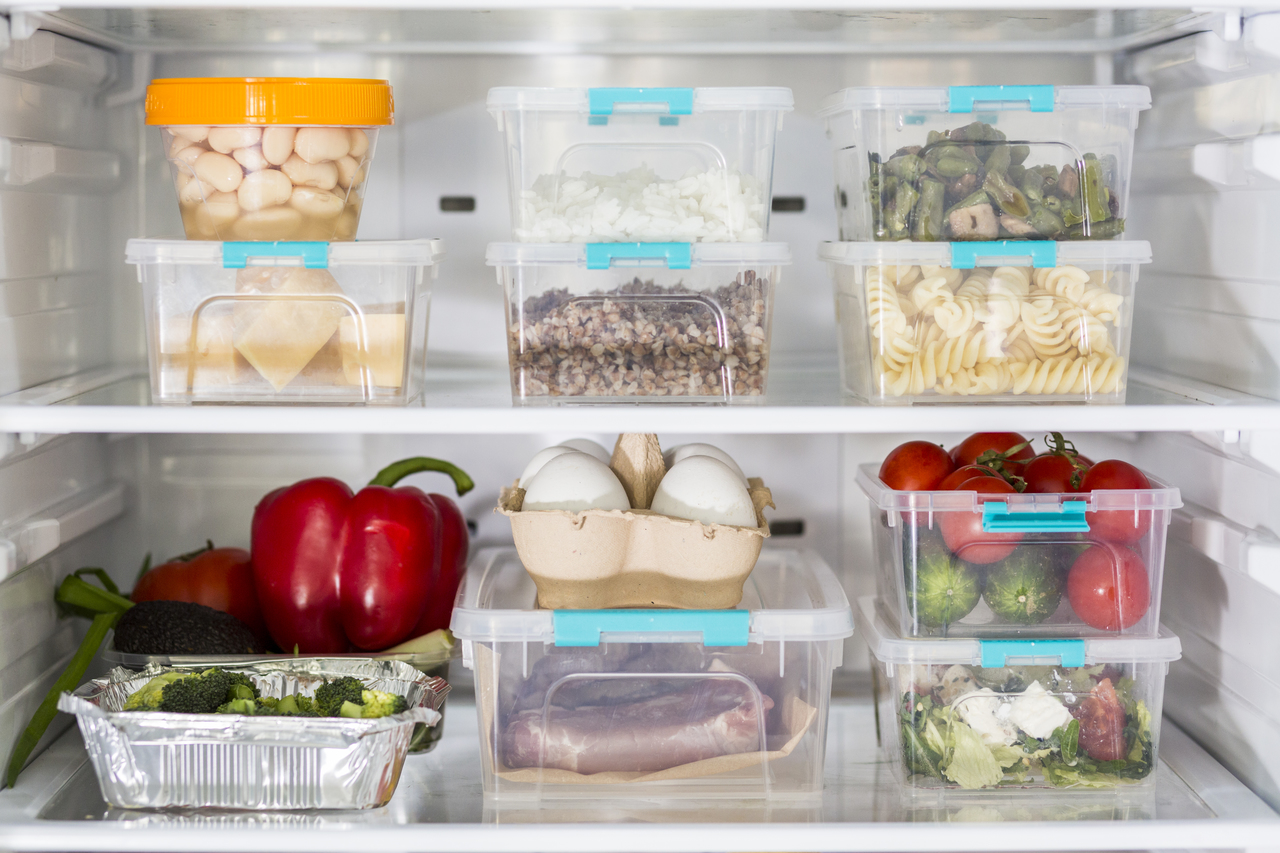August 22, 2020
Plastic vs. Glass Food Storage Containers

Food storage containers are essential in daily life. You can see them everywhere — packed lunches, food leftovers, and even at the grocery store. You’ve probably noticed that there are common materials that are used for this matter. Two types of food storage continue to be strong contenders in this debate — plastic vs glass storage containers. At first glance, these two may seem identical. However, their differences are very distinct. But which one is better? Let’s find out. Below, we’ve laid out all the key factors to consider.

Glass material is heavier than plastic. For personal and home usage, the weight of your food containers may not matter much. However, when it comes to transporting food for personal and commercial use, plastic containers come in handy because they are lightweight. Plastic packaging is not only lighter than glass but it is also the lightest food storage container material. If you are looking for something lighter to carrier around, plastic is the more practical option.
Fragility is an important consideration when it comes to choosing food containers. You wouldn’t want your storage to give in during the middle of the day, would you? When it comes to fragility, glass containers require mindfulness and careful handling compared to plastic food packaging. Once the glass is dropped on the floor, it will shatter. On the other hand, when plastic is knocked over, the worst case that can happen is that the food will pour out of it. However, if it is sealed properly, it will not budge.

There is a big risk of injury with glass since it can shatter and break. Glass shards can lead to lacerations, cuts, and puncture wounds.
Depending on the plastic that you opt for, the only way plastic can be harmful is if they are not handled properly. Specifically, when high heat is exposed to it. This is why almost all children’s lunchboxes are made out of plastic. No heating is needed and it is guaranteed to be shatterproof and risk-free.
In fact, there are also cases where plastics can be free from contamination. This is why hospitals and medical packaging utilize plastics for hygienic purposes.
When it comes to storage, glass containers don’t easily stack. These food containers don’t have the flexibility to fit inside one another and cannot be collapsible, unlike plastics can. Plus, there’s a higher risk of it being shattered and unsafe as it stacks up in high levels. Plastic, however, offers plenty of room for storage. It is also space-saving.

If price matters to you, glass food containers are more expensive than plastic containers. This is especially beneficial for businesses that are looking to create their own line of products.
Both glass and plastic have room for transformation. With plastic, you can transform it in many ways — they can be blown, injected, bolded, prototyped, and more. This is why a lot of companies are able to actualize their packaging ideas. Glass, on the other hand, has longer and more meticulous processes.

Much has been said about the environmental issues of plastic. However, plastic is far more recyclable than most realize. While glass is 100% reusable when not shattered, there is also room for recycling in plastic. In fact, plastic food packaging can be recycled many times to form new products.
When it comes to storing food, one common debate individuals have is choosing between plastic vs. glass storage containers. On the surface, they both seem similar, however, they both largely differ when it comes to the key factors. This refers to weight, fragility, safety, storage, commercial and personal use, and recyclable matters.
To sum it all up, glass is a fairly heavy, fragile, and much more expensive material. On the other hand, plastic is lightweight, easy to bring around, is cost-efficient, and is more recyclable than most people realize. In the end, it will always boil down to your personal preference and needs.
Take your pick! We hope that this article helped you make an informed decision for all your food storing needs.